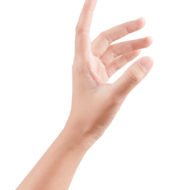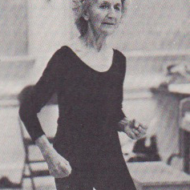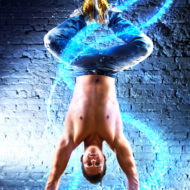For Rudolf Laban, movement became the lens through which he could intuitively grasp the unity of all existence. This realization, however, was not enough.
He wanted to study and practice movement more closely, and this necessitated developing an objective and analytical tool known today as LBMS (Laban Bartenieff Movement Studies). Studying movement with LBMS can have profound implications.
Irmgard Bartenieff – dancer, physical therapist, dance therapist, and movement researcher – is a case in point. Her career, in fact, her whole being was a testament to the power of movement study to unify one’s worldview.… Read More






